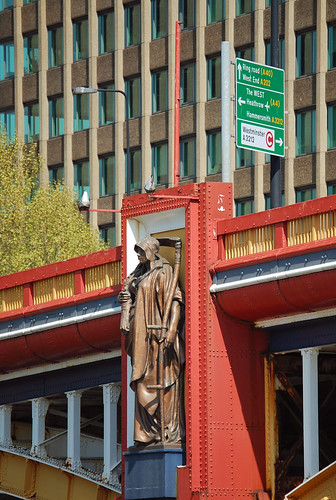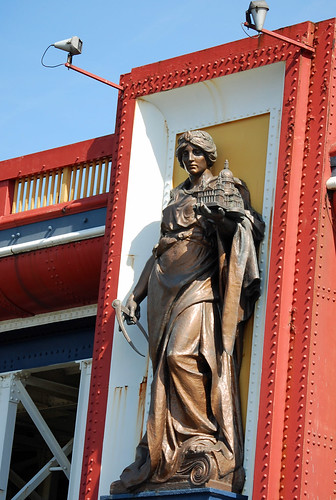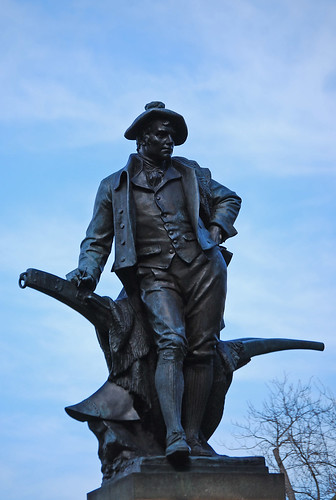
Bluebeard’s Castle is a one-act opera by Bela Bartok to a libretto by Béla Balázs . It is a version of an old story which has appeared in many forms. Judith abandons her family and fiancé and accompanies Bluebeard to his castle, although she is aware of many rumours about Bluebeard, his castle, and the fate of his former wives. The hall of the castle is dark and has seven locked doors. With varying degrees of reluctance, Bluebeard agrees to Judith’s requests to open the doors and let in the light. Behind the doors are found: Bluebeard’s torture chamber; his armory; his treasure house; his garden; his vast kingdom; a pool of tears; and behind the seventh door his three wives. Although, much blood has been found behind the doors, the wives, notwithstanding rumour, are alive and at the conclusion, Judith is obliged to join them as the fourth wife. There is a review of the work in Wikipedia.
The story can be read as a creepy gothic romance, or a metaphor for Judith’s desire to open the doors to Bluebeard’s mind; it can be interpreted in Freudian terms (if you like that kind of thing) and so on.
I first saw Bluebeard’s Castle at the Washington National Opera in 2006, in a production by the film director, William Friedkin (who made The Exorcist ) which was first seen in Los Angeles. Samuel Ramey was Bluebeard and Denyce Graves, Judith. It was an elegant, abstract production in which Bluebeard and Judith approached the castle in a gondola with birds swooping over their heads. The seven doors were seen to open at the rear of the stage letting in light of various colours. The production was very effective and allowed the imagination to roam over the possible readings or meanings of the work. I was left with the feeling that it was an opera which emaphasised the wonderful orchestral score over the singers, and this may have been influenced by the production itself to some extent. The orchestral score is a great piece in itself – (there are echoes of it in Bartok’s later Concerto for Orchestra).
I have mentioned this production because, while I enjoyed the new production of Bluebeard by the English National Opera at the London Coliseum, I was very glad that it was not my introduction to the work.
The new production was directed by Daniel Kramer with ENO musical director Edward Gardner conducting. Clive Bayley is Bluebeard and Michaela Martens, Judith.
The ENO production confines the story to particular reading, some parts of which were obscure to me. The castle is reduced to a room, which appears at times to be below street level. Bluebeard is depicted as a psychotic with a tendency to revert to childhood fantasy; for example, his armoury contains a castle made of toy blocks and a ride-on canon on wheels. He sometimes moves in an odd jerky way, which I suppose is intended to represent his appalling mental condition. Clive Bayley has a fine voice and sung the role very well. He may have been even better if allowed to sing unimpeded by some of the strange bodily contortions the characterisation required.
The greatest departure from a traditional account of the work was that Bluebeard’s kingdom revealed at the opening of the fifth door was not a vast estate, but children who emerged from bunk beds at the back of the stage, stood from time to time in order of height, and were united with their mothers when the wives emerged from behind the final door. While this did some violence to the original conception, it is an interesting approach as it seems possible, even likely, that Bluebeard’s household included children. Like the location of the “castle” in a cellar, the children may also be a reference to recent cases of the abduction or imprisonment of women, which are mentioned in a program note.
There is a violent conclusion in which it appears the wives including Judith are subjected to genital mutilation by a sword wielding Bluebeard. Apart from theatrical shock value, I did not understand this and am unable to see how it fits with the overall concept of the production. Both the music and the impetus of the story seem to lie better with the realisation that Judith’s fate is to join the other wives in their joyless imprisonment.
Michaela Martens Judith was well acted and marvelously sung. Her character seemed to develop with the story as the intensity of her demands for the doors to open increased with the bloodstains which eventually covered her dress.
The orchestra too was excellent. There was a specially exciting moment at the opening of the fifth door when it was augmented by an additional brass section in a upper box and the luminous sound of Bartok’s music for Bluebeard’s kingdom filled the theatre.
Unlike some “director’s opera” this production does not impose anything foreign to the work itself. It is one of many possible readings of the story, but a very limited one. By approaching the work in this way, the director closes out other readings and to some extent at least extinguishes the ambiguities which make it such a fascinating opera.
In Washington, Bluebeard’s Castle was followed by Puccini’s Gianni Schicchi. This combination is faulted by Edward Gardner in an ENO program note, but I thought it worked very well. The change of tone is welcome, and it gives the baritone the opportunity to sing two entirely different roles on the one night. The Washington production carried some scenic elements (stylised birds for example) from Bluebeard to Schicchi with amusing effect.
At ENO it was a night of serious modernism: Stravinsky’s Rite of Spring was performed by Fabulous Beast Dance Theatre as the second half of the program. I know nothing about ballet or dance, I can only say I enjoyed it.
Duke Bluebeard's Castle and The Rite of Spring. English National Opera at the London Coliseum,
6 November 2009
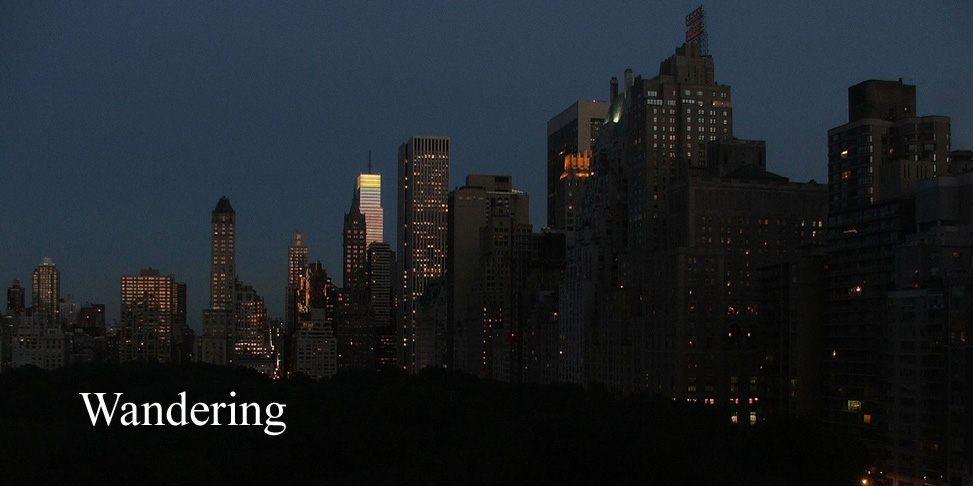
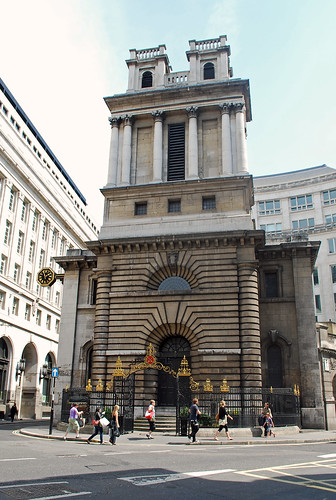

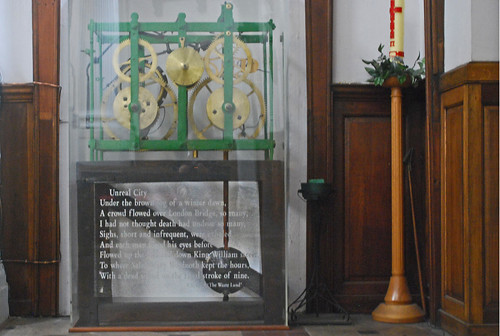
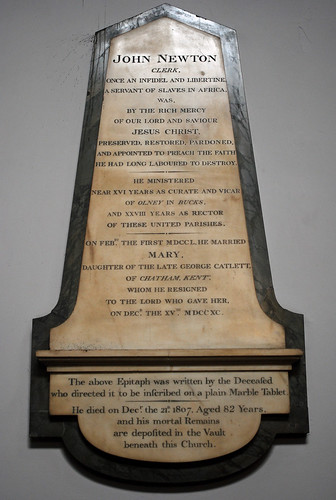
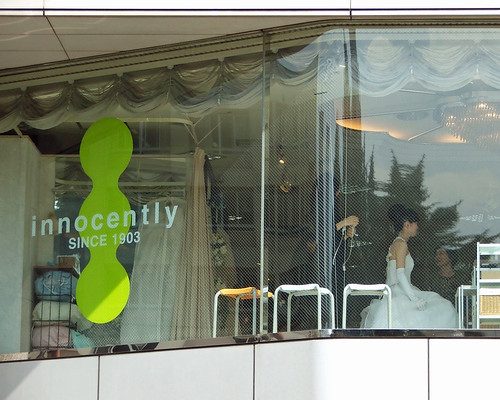

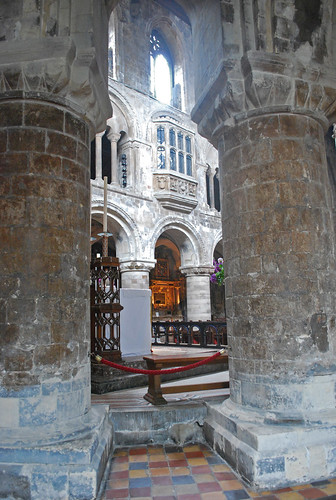


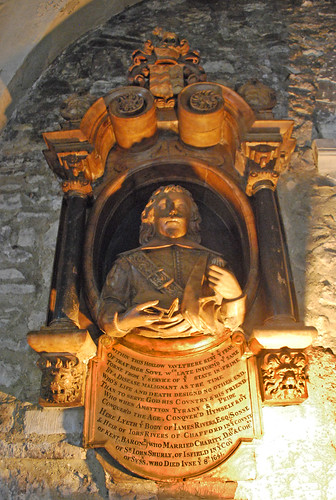

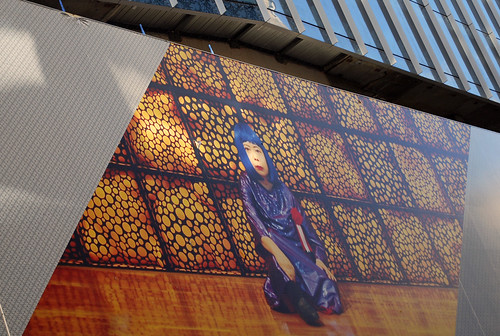
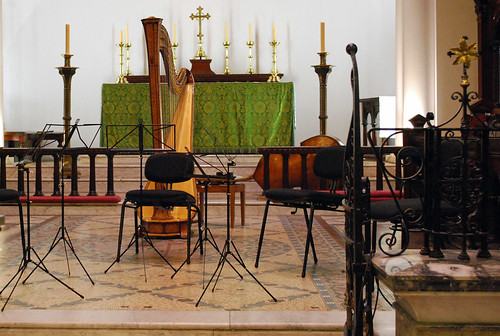



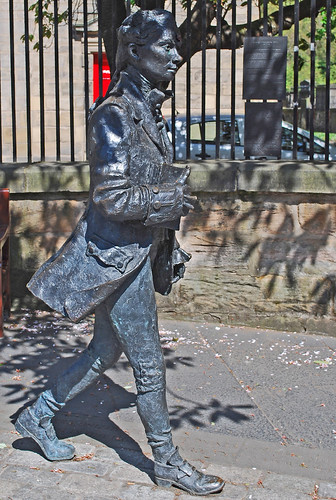
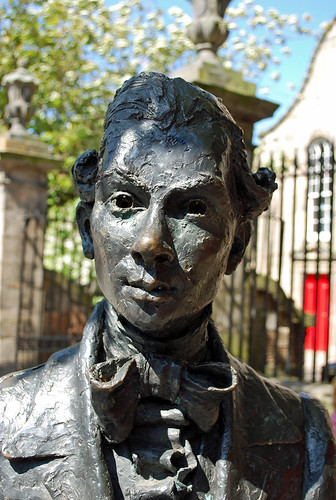
![friends_lovers[1]](http://farm3.static.flickr.com/2522/3872125435_714ca658b7_o.jpg)

